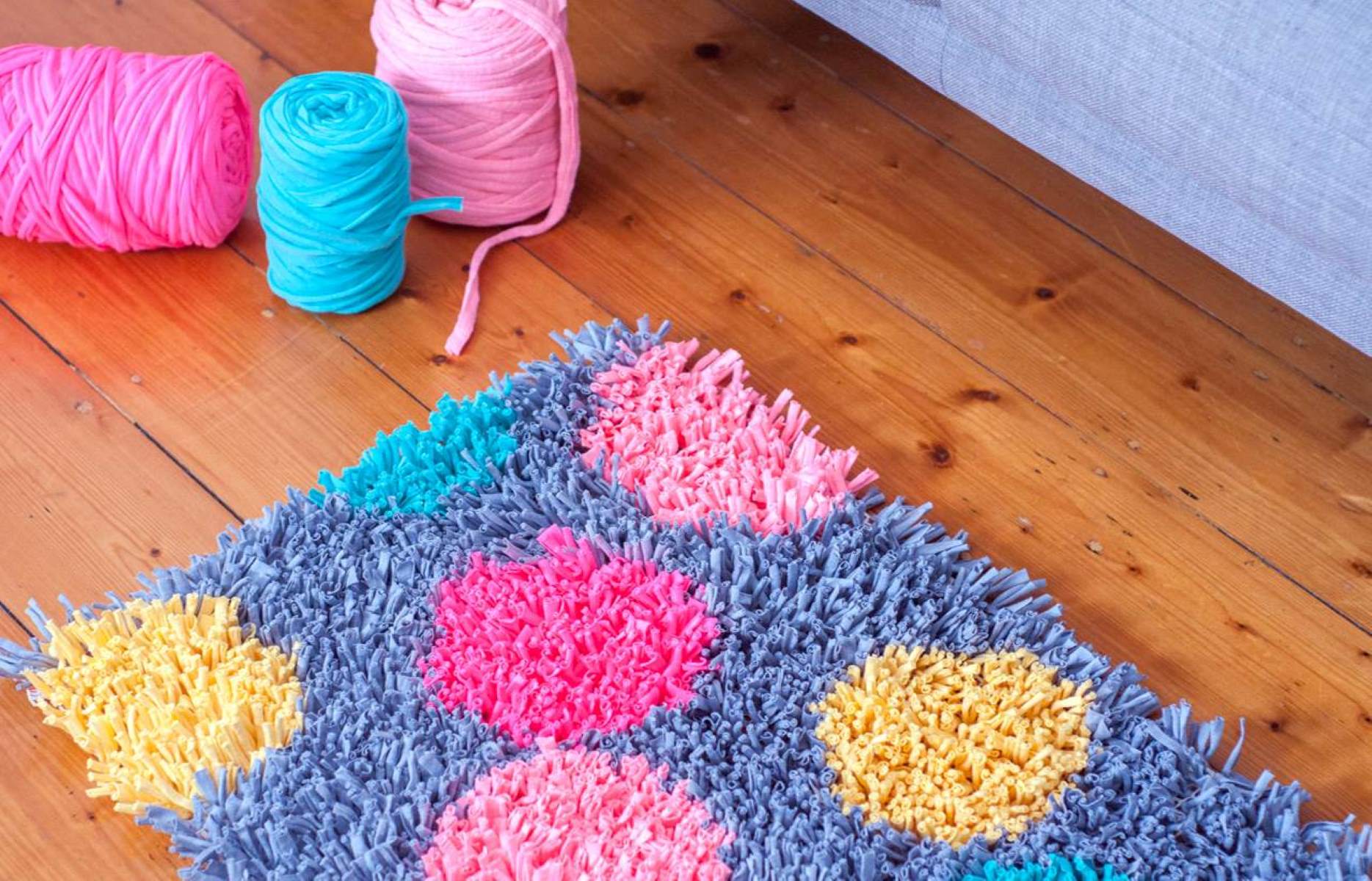

Articles
What Is The Best Yarn For Rugs
Modified: August 20, 2024
Looking for the best articles on choosing yarn for rugs? Discover expert tips and recommendations to create stunning rugs with the perfect yarn.
(Many of the links in this article redirect to a specific reviewed product. Your purchase of these products through affiliate links helps to generate commission for Storables.com, at no extra cost. Learn more)
Introduction
When it comes to creating rugs that are both durable and visually appealing, choosing the right yarn is of utmost importance. The type of yarn used can greatly impact the overall look, feel, and longevity of a rug. With a wide variety of yarn options available, it can be overwhelming to determine which one is best suited for your rug-making project.
There are two main categories of yarns: natural fiber yarns and synthetic fiber yarns. Natural fiber yarns are derived from plant or animal sources, while synthetic fiber yarns are man-made materials. Each type of yarn has its own unique characteristics and benefits, making it suitable for different rug-making applications.
In this article, we will explore the best yarn options for rugs, including natural fiber yarns, synthetic fiber yarns, and blended yarns. By understanding the qualities and properties of each type of yarn, you will be able to make an informed decision and select the ideal yarn for your rug-making project.
Key Takeaways:
- Natural fiber yarns, such as cotton, jute, and wool, offer softness, durability, and natural appeal for creating rugs suitable for various spaces in your home. Consider the unique qualities of each yarn to match your specific needs and aesthetic preferences.
- Synthetic fiber yarns, including acrylic, polyester, and nylon, provide durability, resistance to stains, and a wide range of color options for creating visually appealing and low-maintenance rugs. Choose the best yarn based on the level of foot traffic, desired color palette, and specific requirements of your rug project.
Read more: How To Make Yarn Rugs
Natural Fiber Yarns
For those seeking a more eco-friendly and sustainable option, natural fiber yarns are an excellent choice for rugs. These yarns are made from materials that are biodegradable and renewable, making them a popular option among environmentally conscious crafters. Let’s explore three of the best natural fiber yarns for rugs:
1. Cotton Yarn
Cotton yarn is a versatile and widely available option for rug-making. It is known for its softness, breathability, and absorbency, making it perfect for rugs that will be placed in high-traffic areas or humid climates. Cotton yarn is also easy to work with and can be dyed in a variety of vibrant colors to create stunning, eye-catching rugs.
2. Jute Yarn
Jute yarn is a popular choice for creating rugs with a natural and rustic look. It is a strong and durable fiber that adds texture and depth to a rug. Jute rugs are known for their natural golden color and ability to complement a wide range of interior styles, from coastal to bohemian. However, it is important to note that jute yarn may not be suitable for areas with high moisture or heavy foot traffic.
3. Wool Yarn
Wool yarn is prized for its warmth, softness, and resilience, making it an excellent choice for cozy and long-lasting rugs. Wool rugs are known to be excellent insulators, providing warmth in colder months and maintaining a cool temperature in warmer seasons. Additionally, wool yarn is naturally flame resistant and has dirt-repelling properties, making it easy to clean and maintain.
These natural fiber yarns offer a range of qualities and textures, allowing you to create rugs that match your desired aesthetic and meet your specific needs. Consider the level of traffic, the desired color palette, and the overall design of your rug when selecting a natural fiber yarn.
Key Takeaways:
- Natural fiber yarns, such as cotton, jute, and wool, offer softness, durability, and natural appeal for creating rugs suitable for various spaces in your home. Consider the unique qualities of each yarn to match your specific needs and aesthetic preferences.
- Synthetic fiber yarns, including acrylic, polyester, and nylon, provide durability, resistance to stains, and a wide range of color options for creating visually appealing and low-maintenance rugs. Choose the best yarn based on the level of foot traffic, desired color palette, and specific requirements of your rug project.
Read more: How To Make Yarn Rugs
Natural Fiber Yarns
1. Cotton Yarn
Cotton yarn is a versatile and widely used natural fiber yarn that is well-suited for making rugs. It is made from the fibers of the cotton plant, which are harvested and processed to create the yarn. Cotton yarn is popular among rug makers due to its softness, breathability, and absorbency.
One of the key advantages of using cotton yarn for rugs is its ability to withstand high traffic areas. Cotton fibers are known for their durability, making rugs made from cotton yarn excellent for use in living rooms, hallways, and other heavily used spaces. The softness of cotton yarn also provides a comfortable surface to walk on, making it a great choice for areas where comfort is desired.
Cotton yarn is also highly absorbent, which makes it a practical option for rugs used in areas that are prone to spills or moisture, such as kitchens or bathrooms. It can easily soak up liquid spills and dry quickly, helping to prevent any potential damage to the rug.
Another benefit of cotton yarn is its versatility in terms of dyeing. Cotton fibers readily absorb dyes, allowing for a wide range of vibrant colors to be achieved. This makes cotton yarn a great choice for creating rugs that are visually appealing and can complement different décor styles.
When working with cotton yarn, it is important to note that it may stretch or shrink when exposed to moisture or heavy use. To prevent unwanted changes in size, it is recommended to block or stabilize the rug after completion.
Overall, cotton yarn is a popular choice for rug-making due to its softness, durability, absorbency, and dyeability. It offers a wide range of benefits and can be used to create beautiful and functional rugs for various spaces in your home.
Key Takeaways:
- Natural fiber yarns, such as cotton, jute, and wool, offer softness, durability, and natural appeal for creating rugs suitable for various spaces in your home. Consider the unique qualities of each yarn to match your specific needs and aesthetic preferences.
- Synthetic fiber yarns, including acrylic, polyester, and nylon, provide durability, resistance to stains, and a wide range of color options for creating visually appealing and low-maintenance rugs. Choose the best yarn based on the level of foot traffic, desired color palette, and specific requirements of your rug project.
Read more: How To Make Yarn Rugs
Natural Fiber Yarns
2. Jute Yarn
Jute yarn is a natural fiber yarn that is derived from the jute plant, a long, soft, and shiny vegetable fiber. It is well-known for its rustic and earthy appearance, making it a popular choice for creating rugs with a natural and organic feel.
One of the key advantages of using jute yarn for rugs is its durability. Jute fibers are strong and can withstand heavy foot traffic, making jute rugs ideal for high-traffic areas such as entryways, living rooms, or offices. The natural golden color of jute yarn adds warmth and richness to any space, complementing a wide range of interior styles.
Jute yarn is also known for its texture and depth. The fibers have a slightly rough or coarse feel, creating a textured surface on the rug. This texture adds visual interest and can enhance the overall design of the rug. Jute rugs can bring a sense of warmth and coziness to a room, making it an inviting space to relax and unwind.
While jute yarn offers many benefits, it is important to consider its limitations as well. Jute does not handle moisture well and is susceptible to molding or mildewing in damp environments. Therefore, it is not recommended to use jute yarn for rugs in bathrooms or areas with high humidity.
Furthermore, jute is a natural fiber that can be prone to shedding or fraying over time. To minimize shedding, it is advisable to vacuum the rug regularly and avoid excessive pulling or dragging heavy objects across the surface. By properly maintaining a jute rug, you can ensure its long-lasting beauty and longevity.
In summary, jute yarn provides a rustic and natural look to rugs. It is durable, adds texture, and complements various interior styles. However, it should be used in spaces that are not prone to moisture and requires proper maintenance to minimize shedding. Consider these factors when deciding to use jute yarn for your next rug-making project.
Key Takeaways:
- Natural fiber yarns, such as cotton, jute, and wool, offer softness, durability, and natural appeal for creating rugs suitable for various spaces in your home. Consider the unique qualities of each yarn to match your specific needs and aesthetic preferences.
- Synthetic fiber yarns, including acrylic, polyester, and nylon, provide durability, resistance to stains, and a wide range of color options for creating visually appealing and low-maintenance rugs. Choose the best yarn based on the level of foot traffic, desired color palette, and specific requirements of your rug project.
Read more: How To Make Yarn Rugs
Natural Fiber Yarns
3. Wool Yarn
Wool yarn is a popular choice among rug makers due to its exceptional qualities and luxurious feel. It is obtained from the fleece of sheep and is known for its softness, warmth, and resilience.
One of the key advantages of using wool yarn for rugs is its natural insulating properties. Wool fibers have air pockets that help trap heat, making wool rugs perfect for colder climates or rooms that require extra warmth. Additionally, wool rugs can also help to regulate temperature by keeping spaces cool during warmer months.
Wool yarn is highly durable and resilient, making it a reliable choice for rugs that will withstand heavy foot traffic. The fibers have natural elasticity, allowing the rug to bounce back after being compressed or walked upon. This resilience ensures that the rug maintains its shape and structure over time.
Another benefit of wool yarn is its natural dirt-repelling properties. Wool fibers have a protective outer layer that resists stains and dirt, making it easier to clean and maintain compared to other yarn types. Spills and dirt can be easily spot-cleaned from wool rugs, and routine maintenance such as vacuuming helps keep them looking fresh and vibrant.
Wool yarn also has excellent dyeing capabilities, allowing for a wide range of colors and patterns to be achieved. This versatility in color options makes wool rugs suitable for various interior styles and personal preferences.
It is important to note that wool yarn can be more expensive than other natural fiber yarns. However, the investment is worth it considering the long-lasting quality and luxurious feel of wool rugs.
Overall, wool yarn is a popular choice for rug-making due to its softness, warmth, resilience, and ease of maintenance. It provides a cozy and luxurious feel to any room and is suitable for high-traffic areas. Consider using wool yarn for your next rug project to create a timeless and durable piece that will bring comfort and elegance to your space.
Synthetic Fiber Yarns
Synthetic fiber yarns are man-made materials that offer durability, affordability, and a wide range of options for rug-making. These yarns are often made from petroleum-based products and are designed to mimic the qualities of natural fibers. Let’s explore three of the best synthetic fiber yarns for rugs:
4. Acrylic Yarn
Acrylic yarn is a popular choice for rug-making due to its affordability and versatility. It is a synthetic fiber that closely resembles wool in terms of softness and appearance. Acrylic yarn is known for its vibrant colors and excellent colorfastness, meaning it retains its color even after repeated washes. It is also resistant to fading from exposure to sunlight, making it suitable for rugs placed in sunlit areas.
Read more: What Kind Of Yarn For A Chunky Blanket
5. Polyester Yarn
Polyester yarn is another widely used synthetic fiber yarn for rugs. It is known for its durability, resistance to stains, and ease of maintenance. Polyester fibers are naturally resistant to moisture, making rugs made with polyester yarn suitable for kitchens, bathrooms, and areas prone to spills. Additionally, polyester yarn is available in a wide range of colors and textures, allowing for diverse design possibilities.
6. Nylon Yarn
Nylon yarn is a strong and resilient synthetic fiber that is commonly used in rug-making. It is known for its excellent durability and ability to withstand heavy foot traffic. Nylon rugs are highly resistant to wear and tear, making them ideal for areas with high activity, such as entryways and living rooms. Nylon yarn is also stain-resistant, making it easier to clean and maintain.
Synthetic fiber yarns offer many advantages for rug-making, including their affordability, durability, and wide range of colors and textures to choose from. Moreover, they are often more resistant to moisture, stains, and fading compared to natural fiber yarns. Consider the specific requirements of your rug project, such as the level of foot traffic or the desired color options, when selecting a synthetic fiber yarn.
Synthetic Fiber Yarns
4. Acrylic Yarn
Acrylic yarn is a popular choice among rug makers due to its affordability, versatility, and softness. Acrylic yarn is a synthetic fiber that closely resembles the look and feel of wool, making it a cost-effective alternative for those seeking the luxurious appearance of natural fibers.
One of the key advantages of using acrylic yarn for rugs is its vibrant color range. Acrylic fibers can be dyed in a wide array of colors, and they retain their color well even after repeated washes. This colorfastness makes acrylic yarn ideal for rugs that will be exposed to sunlight or high-traffic areas, as it resists fading and maintains its vibrant appearance.
Acrylic yarn also offers excellent durability and resilience. It has a high tensile strength, meaning it can withstand stretching and pulling without losing its shape or structure. This makes acrylic rugs highly resistant to wear and tear, ensuring longevity even in high-traffic areas of the home.
Another advantage of acrylic yarn is its easy maintenance. It is machine washable and generally requires minimal care, allowing for convenient cleaning and upkeep of your rugs. Acrylic fibers are resistant to mildew and moisture, making them suitable for use in bathrooms or areas prone to spills.
In terms of comfort, acrylic yarn provides a soft and cozy texture that is comparable to natural fibers. It is gentle against the skin, making acrylic rugs comfortable to walk on or relax on. Additionally, acrylic yarn is lightweight, which makes it easy to handle and work with during the rug-making process.
While acrylic yarn has numerous advantages, it is important to note that it may not have the same level of breathability as natural fiber yarns. This can result in rugs made from acrylic yarn feeling slightly warmer or less breathable than those made from wool or cotton yarn.
In summary, acrylic yarn is a popular choice for rug-making due to its affordability, vibrant color options, durability, and easy maintenance. Its softness and resilience make it a suitable choice for various rug projects, especially for those looking to achieve a luxurious appearance on a budget.
Synthetic Fiber Yarns
Read more: What Kind Of Yarn For A Chunky Blanket
5. Polyester Yarn
Polyester yarn is a versatile and widely used synthetic fiber yarn that offers many benefits for rug-making. It is known for its durability, resistance to stains, and ease of maintenance.
One of the key advantages of using polyester yarn for rugs is its exceptional durability. Polyester fibers are highly resilient and can withstand heavy foot traffic, making polyester rugs ideal for high-activity areas such as living rooms, hallways, or children’s playrooms. The strong fibers of polyester ensure that the rug retains its shape and appearance even with regular use.
Polyester yarn is naturally resistant to moisture, making it an excellent choice for rugs that may be exposed to spills or accidents. The fibers do not readily absorb liquids, allowing spills to be easily blotted and preventing stains from setting in. This moisture resistance also makes polyester rugs suitable for kitchens, dining areas, or any space where accidental spills are common.
In addition to its durability and stain resistance, polyester yarn offers easy maintenance. It is machine washable and can withstand frequent cleaning without losing its color or shape. Polyester rugs can be spot-cleaned or washed as needed, making them a convenient option for busy households.
One of the notable advantages of polyester yarn is its wide range of colors and textures. It can be easily dyed in vibrant shades, allowing for a vast spectrum of color options for your rugs. Polyester fibers can also be textured or twisted to create interesting patterns or designs, enhancing the visual appeal of the finished rug.
While polyester yarn has many advantages, one consideration is its heat sensitivity. Polyester is more prone to melting or scorching under high heat, so it is important to avoid placing hot objects directly on polyester rugs. Additionally, polyester may not have the same level of breathability as natural fiber yarns, which may impact the rug’s ability to regulate temperature in certain environments.
In summary, polyester yarn is a durable, stain-resistant, and low-maintenance option for rug-making. Its wide range of color options and textures allows for versatile and visually appealing rug designs. Consider using polyester yarn for rugs in high-traffic areas or spaces that require easy maintenance and resistance to stains.
Synthetic Fiber Yarns
6. Nylon Yarn
Nylon yarn is a highly popular and versatile synthetic fiber option for rug-making. Known for its strength, durability, and resilience, nylon yarn is a reliable choice for creating long-lasting and resilient rugs.
One of the outstanding advantages of nylon yarn is its exceptional durability. Nylon fibers are incredibly strong and have excellent resistance to wear and tear. This makes nylon rugs ideal for high-traffic areas such as entryways, hallways, or commercial spaces where rugs are subjected to heavy use and foot traffic. Nylon rugs can withstand the daily rigors of constant movement without showing signs of wear, making them a dependable choice for long-term use.
Nylon yarn is also known for its resilience, which allows the rug to quickly recover its shape after being compressed or flattened. This characteristic ensures that nylon rugs maintain their appearance and structure over time, even in areas prone to frequent use or furniture placement.
Another advantage of nylon yarn is its stain resistance. Nylon fibers are naturally resistant to staining, meaning spills and accidents can be easily cleaned and do not leave behind long-lasting marks on the rug. This makes nylon rugs a popular choice for households with children or pets, as they can withstand the occasional mishap and remain looking fresh and tidy.
Nylon yarn also offers a wide range of color options and design possibilities. It can be dyed in vibrant hues and various patterns, allowing for creative and eye-catching rug designs. Additionally, nylon rugs often have excellent colorfastness, with the fibers retaining their vibrant colors even with exposure to sunlight and frequent washing.
One thing to consider with nylon yarn is its heat sensitivity. Like other synthetic fibers, nylon is not heat resistant and can melt or deform when exposed to high temperatures. It is important to avoid placing hot objects directly on nylon rugs and use caution when using heating devices in close proximity to the rug.
In summary, nylon yarn is a durable and resilient option for rug-making. Its strength, stain resistance, and vibrant color options make nylon rugs suitable for high-traffic areas and households with active lifestyles. Consider using nylon yarn for creating rugs that are not only visually appealing but also built to withstand the demands of everyday use.
Read also: 12 Best Bernat Blanket Yarn for 2025
Blended Yarns
Blended yarns offer a unique combination of natural and synthetic fibers, providing the best of both worlds. By blending different types of yarn, rug makers can take advantage of the desirable qualities of each fiber, resulting in rugs that are both durable and visually appealing. Let’s explore two of the best types of blended yarns for rugs:
7. Wool-Blend Yarns
Wool-blend yarns are a popular choice for rug-making as they combine the natural warmth and softness of wool with the added benefits of synthetic fibers. By blending wool with synthetic fibers such as acrylic or nylon, rug makers can create rugs that are both resilient and easy to maintain.
A key advantage of wool-blend yarns is their durability. The synthetic fibers enhance the strength and resilience of the yarn, making it more resistant to wear and tear. This durability ensures that the rug remains in excellent condition even in high-traffic areas. Wool-blend rugs are also less likely to shed compared to 100% wool rugs, making them a practical choice for households with sensitivities to fibers.
In addition to durability, wool-blend yarns offer increased stain resistance and ease of maintenance. The synthetic fibers in the blend make the rug more resistant to staining, allowing spills to be easily cleaned without leaving behind long-lasting marks. Wool-blend rugs can often be spot-cleaned or hand-washed, providing convenience in terms of cleaning and upkeep.
Wool-blend yarns also offer more affordable options compared to pure wool yarns. By incorporating synthetic fibers, the cost of the yarn is often reduced, while still maintaining the luxurious look and feel of the wool. This makes wool-blend rugs an attractive choice for those seeking the benefits of wool without the higher price tag.
8. Cotton-Blend Yarns
Cotton-blend yarns combine the softness and breathability of cotton with the added strength and versatility of synthetic fibers. These blended yarns are well-suited for creating rugs that are comfortable, durable, and easy to care for.
A major advantage of cotton-blend yarns is their soft and lightweight texture. The presence of cotton fibers in the blend adds a gentle touch to the rug, making it comfortable to walk on, sit on, or rest on. Cotton also offers breathability, allowing air to circulate through the rug and providing comfort in various weather conditions.
The addition of synthetic fibers in cotton-blend yarns enhances the rug’s durability and resilience. The synthetic fibers improve the strength and longevity of the yarn, making it suitable for high-traffic areas. Cotton-blend rugs can withstand the demands of everyday use without sacrificing softness and comfort.
Cotton-blend yarns also offer easy maintenance. Cotton is a natural fiber that is machine washable, allowing for convenient cleaning and care of the rug. The synthetic fibers in the blend provide additional strength and sturdiness, ensuring that the rug maintains its shape and appearance even after repeated washing.
In summary, blended yarns offer a combination of natural and synthetic fibers, resulting in rugs that are both durable and comfortable. Whether using wool-blend yarns or cotton-blend yarns, rug makers can take advantage of the unique properties of each fiber to create rugs that are visually appealing, resilient, and easy to maintain.
Read also: 12 Best Bernat Blanket Yarn for 2025
Blended Yarns
7. Wool-Blend Yarns
Wool-blend yarns are a popular choice for rug-making as they offer the best of both worlds – the luxurious properties of wool combined with the added benefits of synthetic fibers. By blending wool with synthetic fibers such as acrylic or nylon, rug makers can create rugs that are not only visually appealing but also durable and easy to maintain.
One of the key advantages of using wool-blend yarns for rugs is their enhanced durability. The addition of synthetic fibers strengthens the overall structure of the yarn, making it more resistant to wear and tear. This ensures that the rug remains in excellent condition even in high-traffic areas, such as living rooms or hallways. Wool-blend rugs are less likely to show signs of shedding compared to 100% wool rugs, making them a practical choice for households with sensitivities to fibers.
In addition to durability, wool-blend yarns offer increased stain resistance and ease of maintenance. The synthetic fibers in the blend make the rug more resistant to staining, allowing spills to be easily cleaned without leaving behind long-lasting marks. This is particularly beneficial for rugs placed in areas prone to spills or accidents. Wool-blend rugs can often be spot-cleaned or hand-washed, providing convenience in terms of cleaning and upkeep.
Wool-blend yarns also offer more affordable options compared to pure wool yarns. By incorporating synthetic fibers, the cost of the yarn is often reduced, while still maintaining the luxurious look and feel of wool. This makes wool-blend rugs an attractive choice for those seeking the benefits of wool without the higher price tag. Additionally, the use of synthetic fibers in the blend can enhance the overall color vibrancy and range, providing a visually appealing rug.
It is important to note that the ratio of wool to synthetic fibers in the blend can vary depending on the desired characteristics of the rug. Higher wool content can provide a softer and more luxurious feel, while a higher proportion of synthetic fibers can increase durability. Rug makers should consider their specific needs and preferences when selecting a wool-blend yarn for their project.
In summary, wool-blend yarns offer the advantages of both wool and synthetic fibers, resulting in rugs that are durable, stain-resistant, and affordable. The combination of luxurious wool with the strength and versatility of synthetic fibers creates rugs that are not only visually appealing but also practical for everyday use. Consider using wool-blend yarns for your next rug-making project to enjoy the best of both natural and synthetic fibers.
Read also: 12 Best Bernat Blanket Yarn for 2025
Blended Yarns
8. Cotton-Blend Yarns
Cotton-blend yarns are a popular choice in rug-making due to their combination of the softness and breathability of cotton with the added strength and versatility of synthetic fibers. Blending cotton with synthetic fibers such as acrylic or polyester creates rugs that are not only comfortable but also durable and easy to care for.
One of the key advantages of using cotton-blend yarns for rugs is the soft and lightweight texture they provide. The presence of cotton fibers in the blend adds a gentle touch to the rug, making it comfortable to walk on, sit on, or rest on. Cotton also offers breathability, allowing air to circulate through the rug and providing comfort in various weather conditions.
The addition of synthetic fibers in cotton-blend yarns enhances the rug’s durability and resilience. The synthetic fibers contribute strength and longevity to the yarn, making the rug suitable for high-traffic areas. Cotton-blend rugs can withstand the demands of everyday use without sacrificing the softness and comfort that cotton brings.
Cotton-blend yarns also offer easy maintenance. Cotton, being a natural fiber, is machine washable, allowing for convenient cleaning and care of the rug. Synthetic fibers in the blend provide additional strength and sturdiness, ensuring that the rug maintains its shape and appearance even after repeated washing. This makes cotton-blend rugs a practical option for households with pets or children, where spills and accidents are more common.
In addition to their comfort and durability, cotton-blend yarns also offer a wide range of design possibilities. The blend of cotton with synthetic fibers allows for vibrant color options and intricate patterns. This versatility provides rug makers with the opportunity to create visually appealing rugs that can complement various interior styles.
It is important to consider the specific fiber ratio in the cotton-blend yarn when choosing materials for your rug. Higher cotton content can provide a softer feel, while a higher proportion of synthetic fibers can increase durability and colorfastness. The choice depends on your desired balance between comfort, durability, and aesthetic appeal.
In summary, cotton-blend yarns offer the benefits of both natural and synthetic fibers, combining the comfort and breathability of cotton with the strength and resilience of synthetic fibers. They provide a soft and lightweight texture, along with durability and easy maintenance. Consider using cotton-blend yarns for your next rug-making project to create rugs that are both comfortable and long-lasting.
Conclusion
Selecting the right yarn is crucial when it comes to creating durable and visually appealing rugs. Whether you opt for natural fiber yarns, synthetic fiber yarns, or blended yarns, each type has its unique qualities and benefits to consider.
Natural fiber yarns, such as cotton, jute, and wool, offer a range of options for rug-making. Cotton yarn provides softness, breathability, and absorbency, making it suitable for high-traffic areas. Jute yarn adds a rustic and natural look to rugs, while wool yarn offers warmth, resilience, and natural dirt-repelling properties.
Synthetic fiber yarns, including acrylic, polyester, and nylon, offer durability, resistance to stains, and ease of maintenance. Acrylic yarn is known for its vibrant colors and affordability, polyester yarn is highly resistant to moisture and offers a wide range of color options, and nylon yarn is incredibly durable and suitable for high-traffic areas.
Blended yarns, like wool-blend and cotton-blend, combine the benefits of natural and synthetic fibers. Wool-blend yarns offer a balance of luxurious wool and the durability of synthetic fibers, while cotton-blend yarns provide softness, breathability, and heightened resilience.
When choosing the best yarn for your rugs, consider factors such as level of foot traffic, desired color palette, maintenance requirements, and budget. Each type of yarn has its unique characteristics that can enhance the overall appearance, durability, and suitability of your rugs for different spaces in your home.
In the end, the best yarn choice for rugs ultimately depends on your personal preferences, the specific needs of your project, and the look and feel you wish to achieve. By examining the qualities and benefits of different yarn options, you can make an informed decision that results in beautiful, long-lasting rugs that add warmth and style to your living spaces.
Frequently Asked Questions about What Is The Best Yarn For Rugs
Was this page helpful?
At Storables.com, we guarantee accurate and reliable information. Our content, validated by Expert Board Contributors, is crafted following stringent Editorial Policies. We're committed to providing you with well-researched, expert-backed insights for all your informational needs.
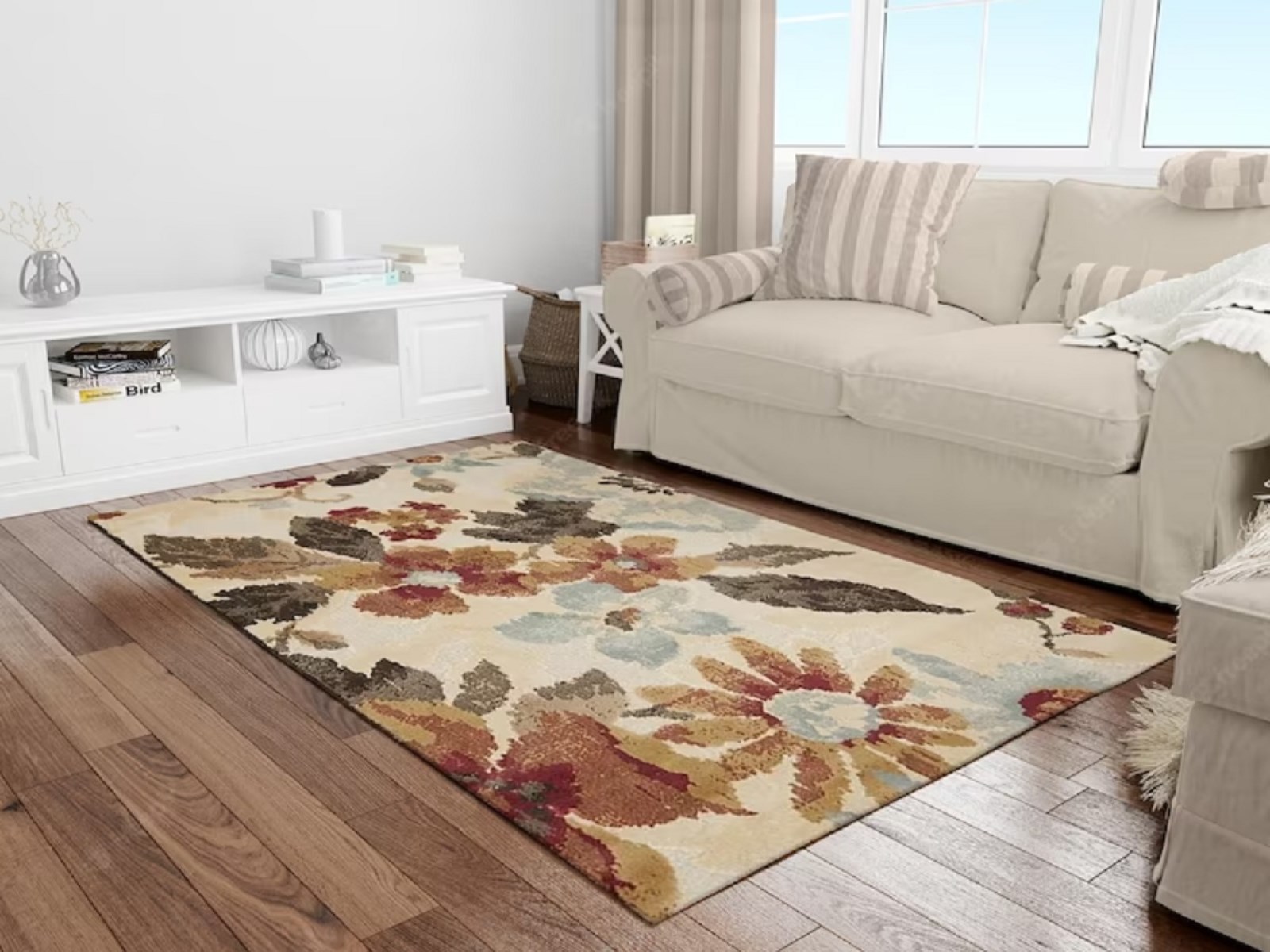
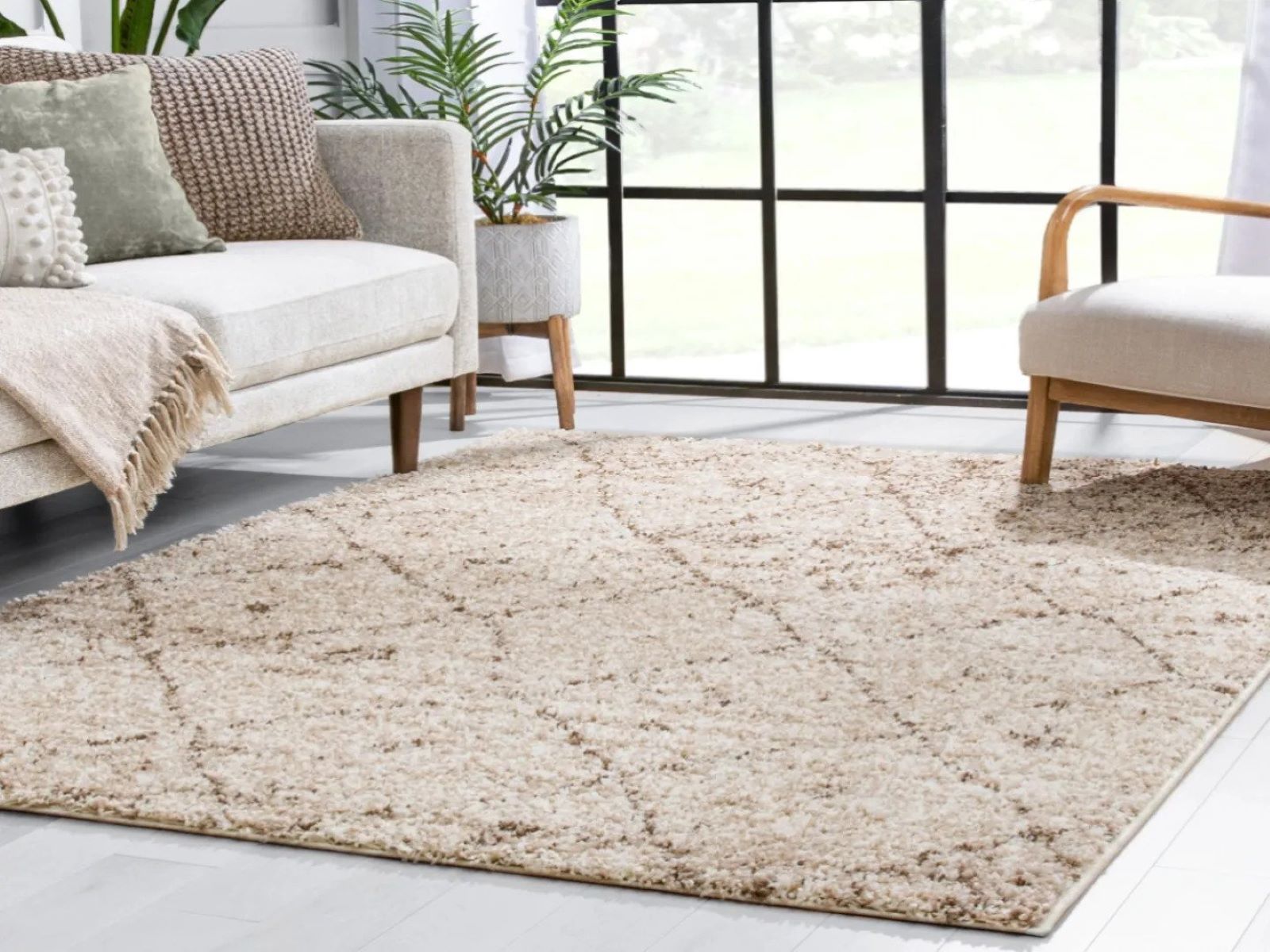
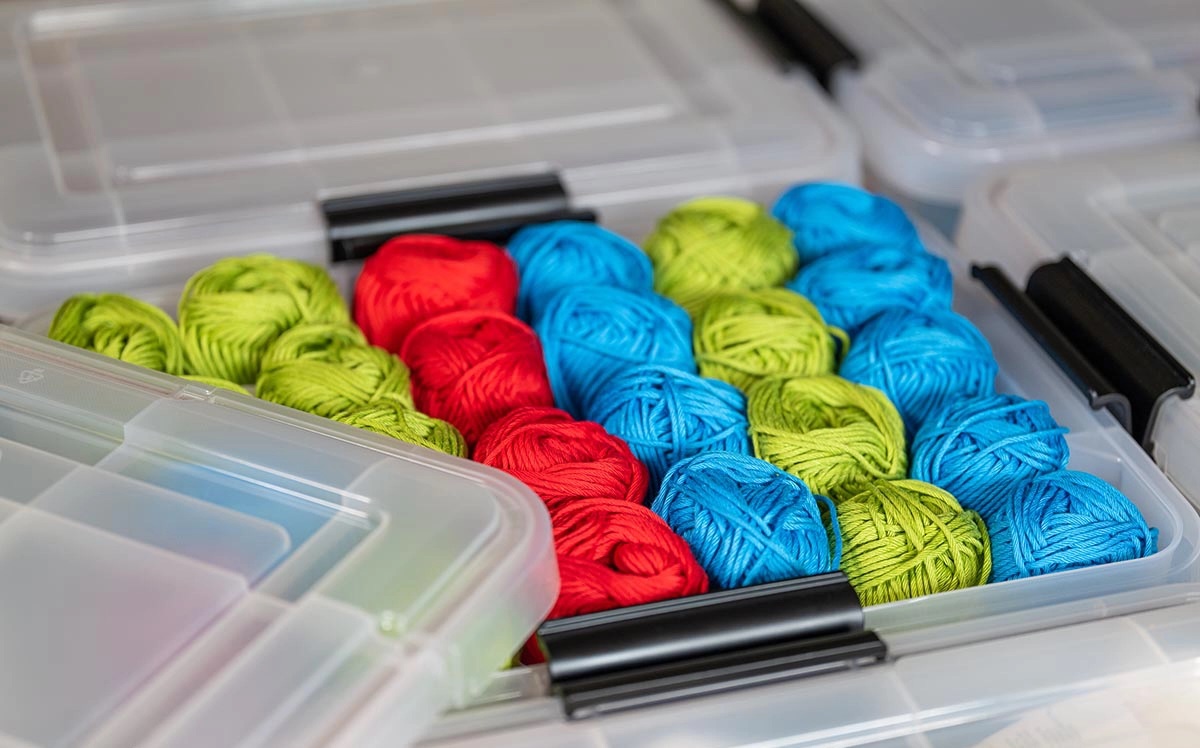
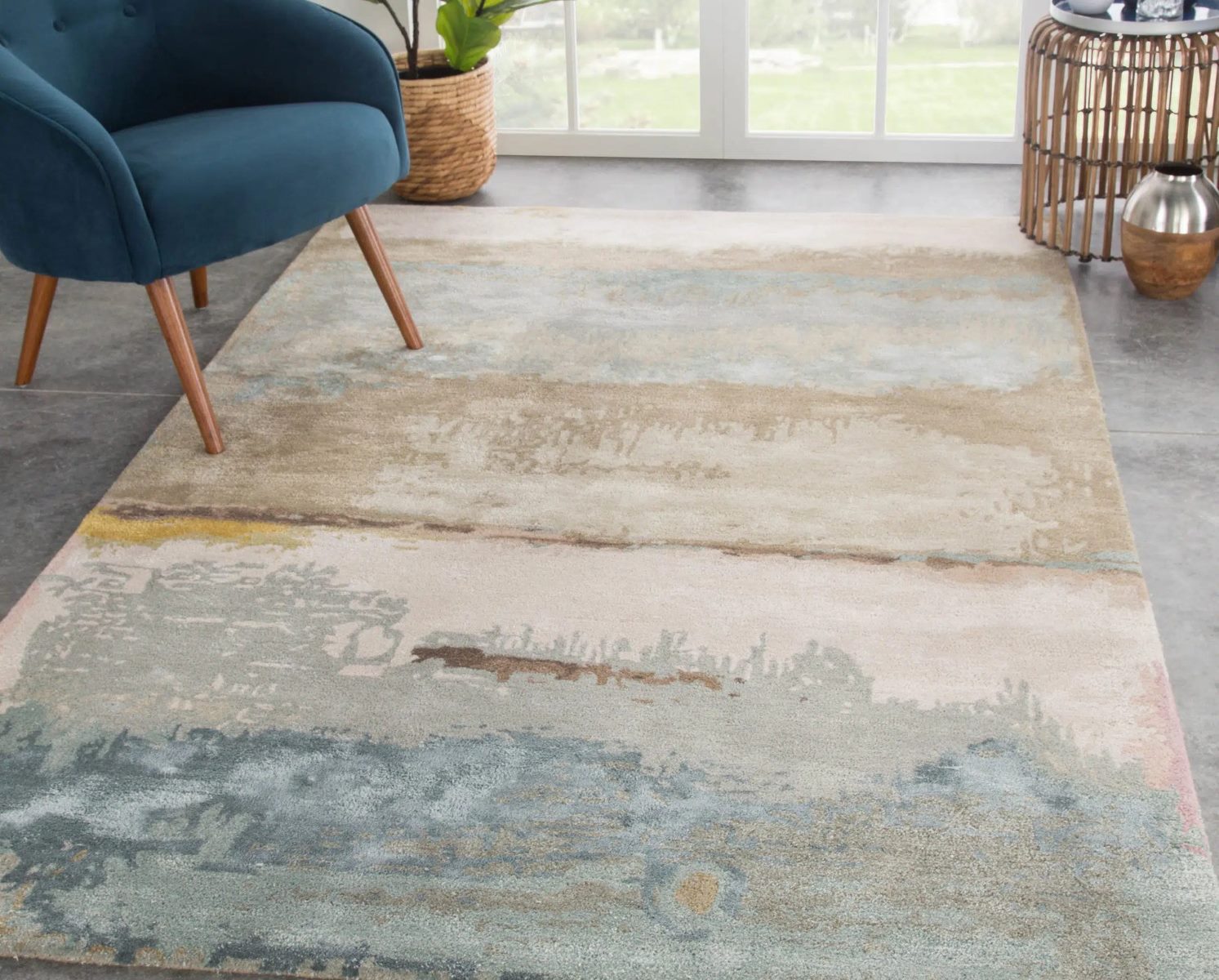
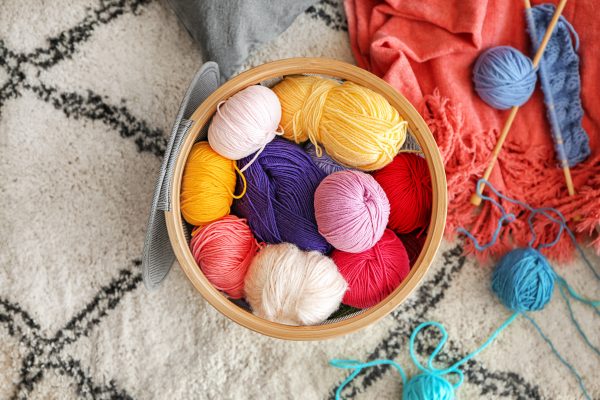
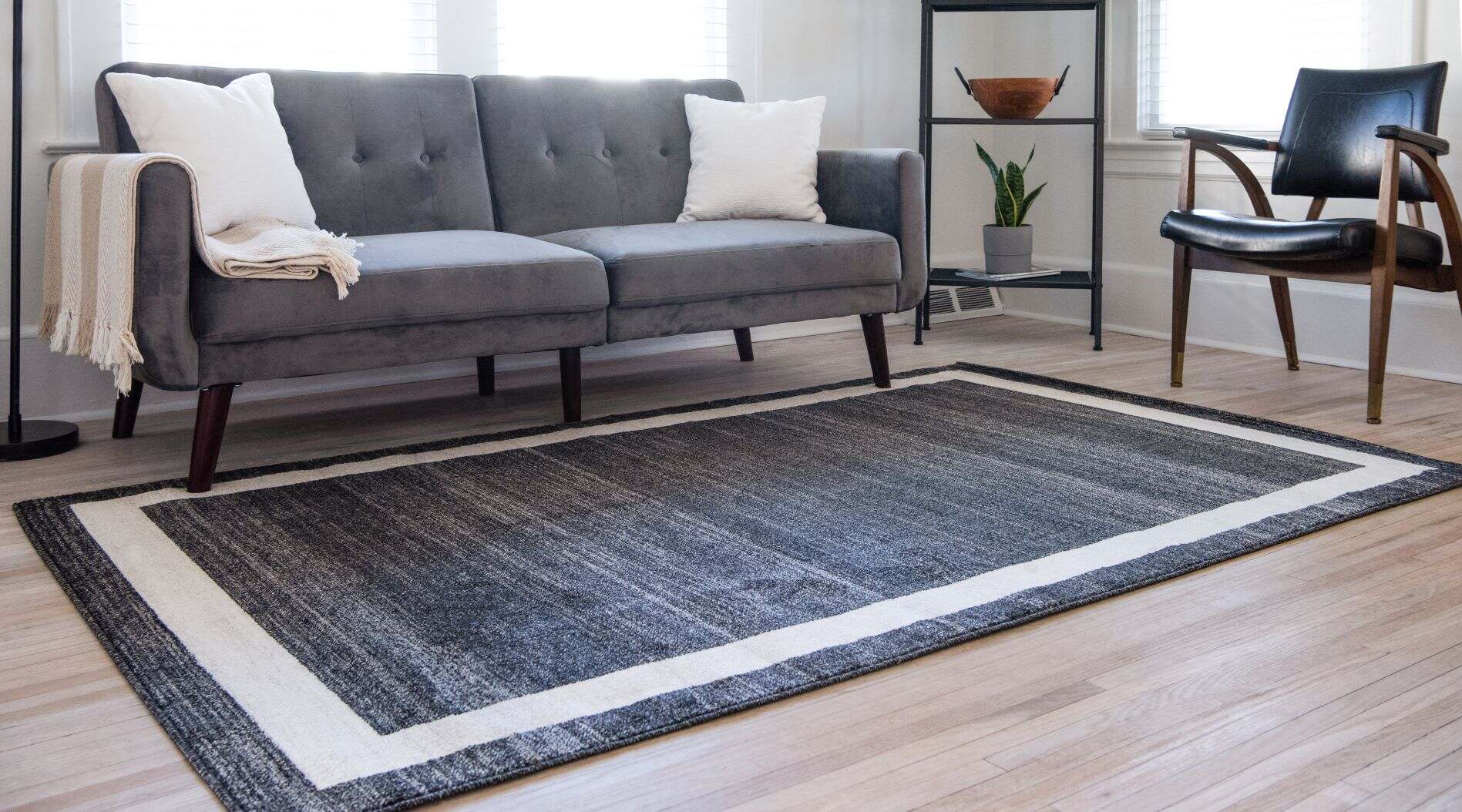
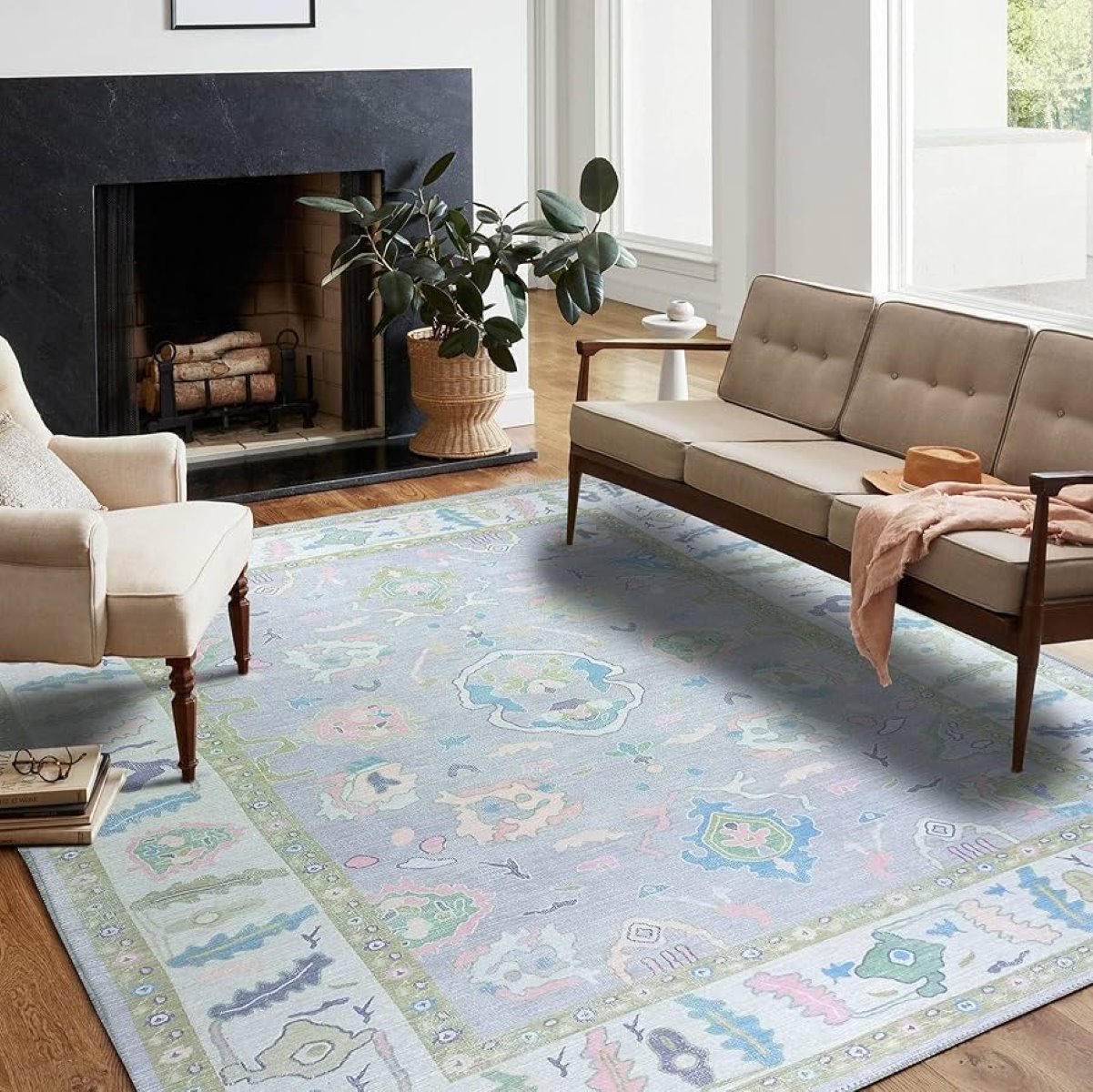

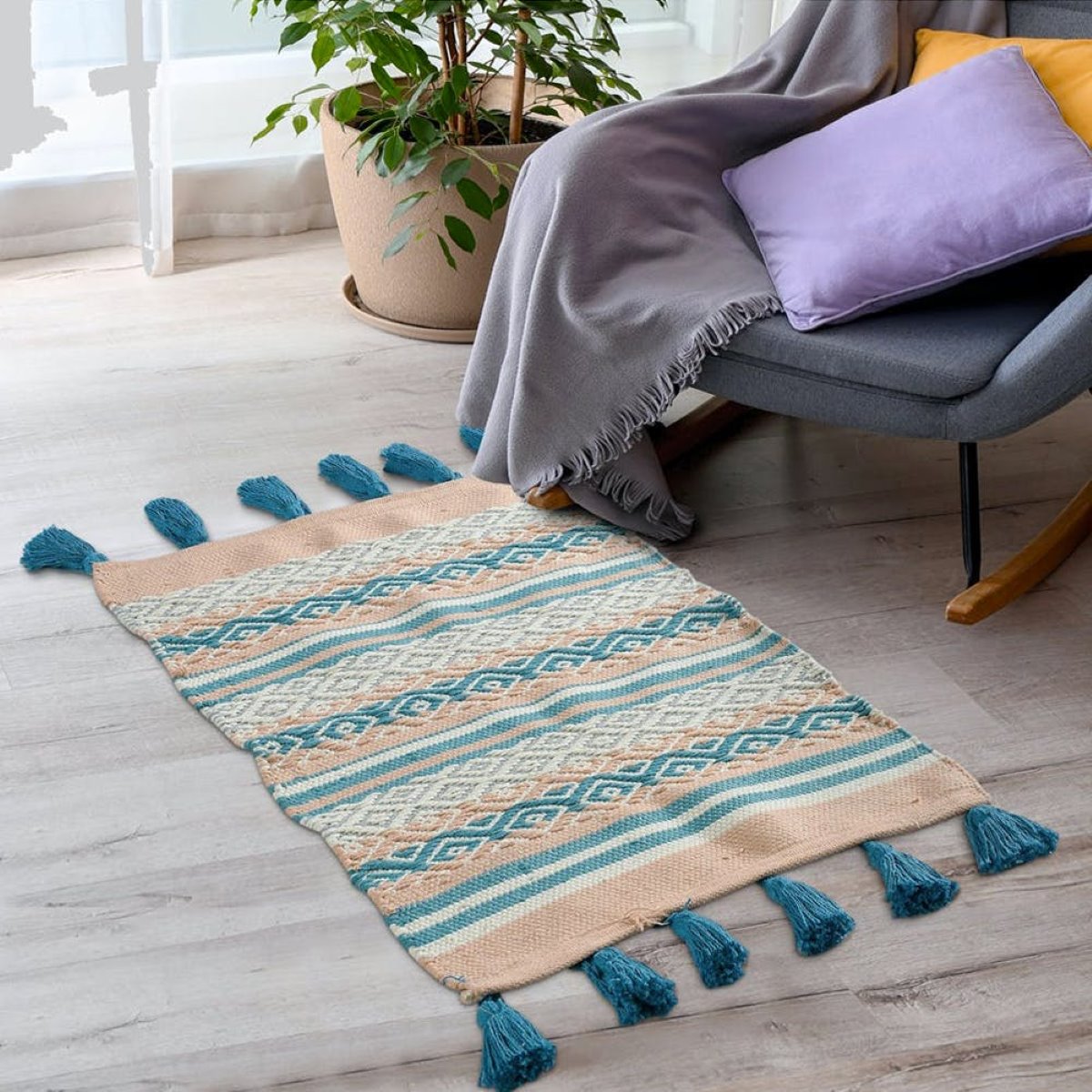

0 thoughts on “What Is The Best Yarn For Rugs”